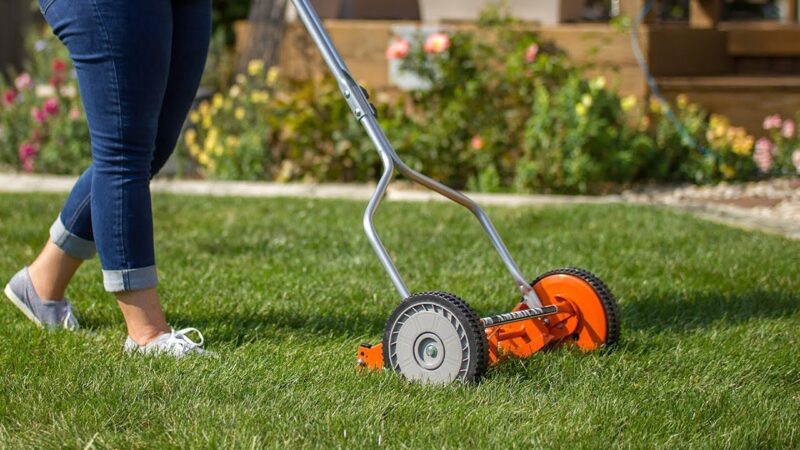How to Grow and Care for Asparagus

Asparagus is a vegetable plant that is the first one to show up in the spring. Since it is perennial, it comes back every year. It has textured foliage and is an ornamental plant. It can be grown in various parts of the country; however, it is grown mostly in cooler regions. These usually take a long time to mature completely, but it is always worth the wait. Once the plant is fully matured, it starts to give out productive outcomes for 15-20 years. If everything goes right and the plant is established in the best conditions, it can even be productive for 30 years. Make sure to keep taking care of the plant in the initial years for a fruitful result later.
Suitable Conditions For Planting

While planting the Asparagus, certain things should be considered carefully to make sure that the plant is provided with the best conditions. Getting rid of all the weeds and the grasses is a must as it is not the nature of Asparagus to survive weeds. Some of its varieties can be grown from seed. Hence spring is the best time to plant it. This can be done indoors until they are 14-15 weeks old. These plants do well in temperate, ranging from 60-70F. Asparagus is best planted in raised beds of about 4 feet wide. The crown of the Asparagus should be planted 6 inches deep in a prepared bed.
Requirements of Light and Water
When it comes to light, make sure you plant the Asparagus in a spot that can cover its needs for at least 20 years. Asparagus is robust in areas where it can get full sun. Asparagus can also tolerate areas providing light shade. However, shade can affect the productivity of the plant. For ensuring maximum growth, direct sunlight suits the plant best. The plant requires to be watered regularly in the initial stages. Weeds should be taken care of as well during this time by making sure that the roots of the plant are not disturbed. As the plant matures, watering requirements go down. Using a drip irrigation method is highly preferred.
Soil and Feeding Needs

Soils are not the biggest troublemakers for Asparagus as they can survive in various types of soil. Although the first preference of the Asparagus is a sandy loam soil, it can also do well when the soil is clayey or heavy. Good drainage keeps the plant healthy at all times. The moisture of the soil should be maintained to make sure that the growth is not hampered. The soil should be rich and not lack any minerals or nutrients. Add compost and manure to the soil. The soil should be adequately fertilized to lock in the good qualities and add new ones. A balanced fertilizer of 5-10-10 or 8-24-24 should be provided, especially in the first three years.
Problems Related to Asparagus
Like every plant, Asparagus is also likely to catch diseases or attract pests. The location where Asparagus is planted, as well as the climatic conditions, plays a vital role in attracting the problems. Proper maintenance should be done for the plant to make sure that it is healthy. Weeding, spraying, watering, pruning, and cleanups should be done regularly. The plant is likely to attract crown rot, Fusarium Wilt, Purple spot, Rust, Virus, Cutworms, Aphids, Symphylan, Thrips, Beetles, Mites, whitefly, Lygus Bugs, and others.
Initially, Asparagus can take a few years to establish growth and spread. Asparagus do multiply a lot and at a good speed with great quantity. They can easily last for years – A bed can last for decades if proper care is provided.
Asparagus has a life expectancy of about 20-30 years. It is not an annual but a perennial, which means it can come back every year. If it weren’t for its feature to come back after cutting, living that long would not have been possible. However, proper care should be taken to maximize its life.
Asparagus is ferny. They grow to a height of about 1.5 m on an average. They should be provided with the right conditions such as well-drained soil and full sun to make sure they will long and do not show stunted growth.





